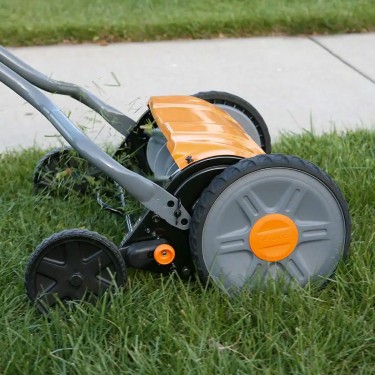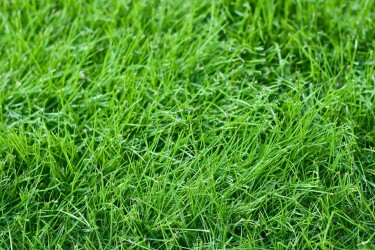Believing these myths might actually be costing you money!
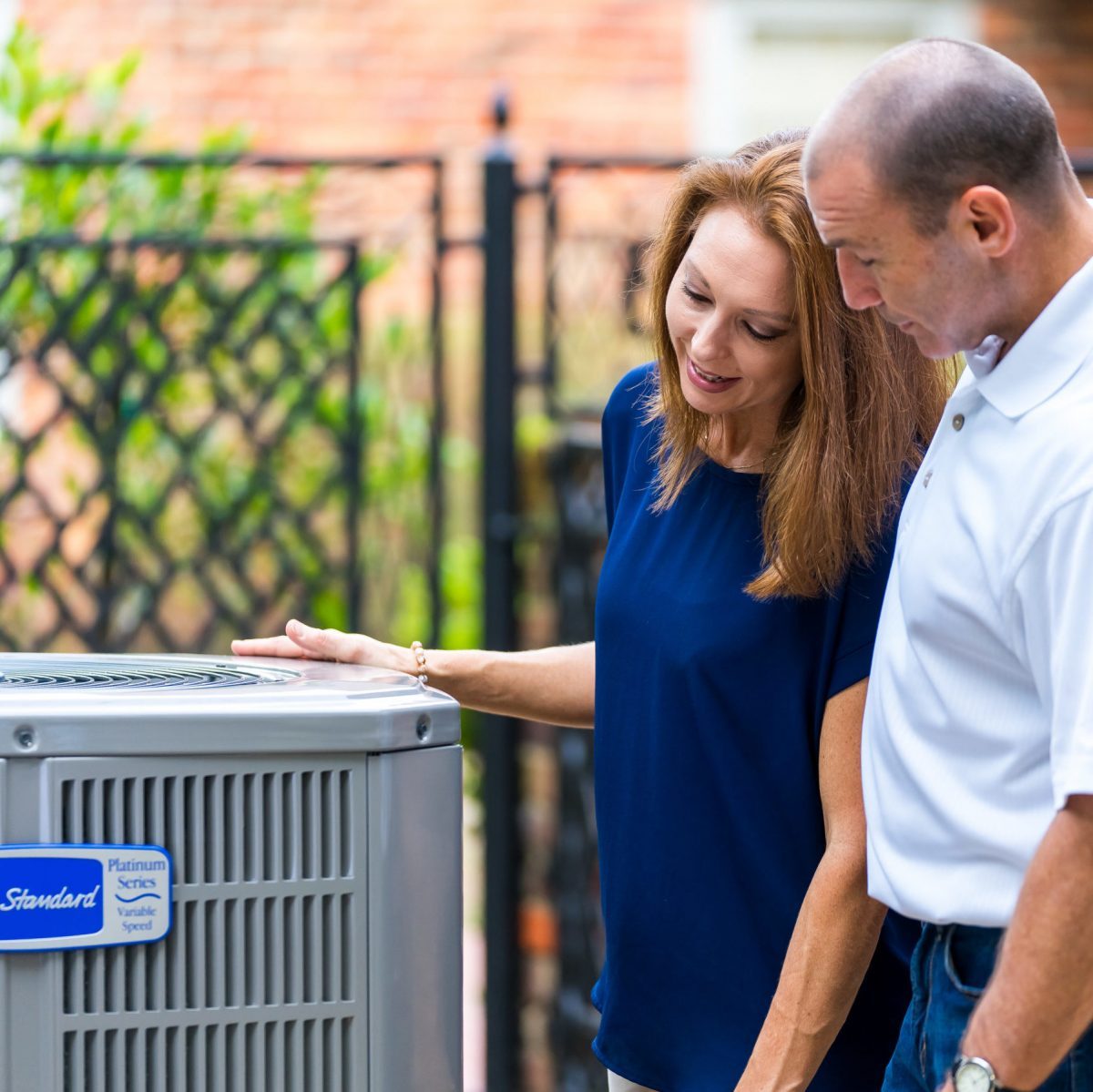
Your Air Conditioner Doesn’t Need Prep for Summer
Your air conditioning unit isn’t ready to roll from season to season without proper tune-ups and maintenance. You should clear out dirt and debris, check the coolant level and replace the fan filter, as well as inspect the outside for any damage from the elements.
It’s also important to continue checking the unit throughout the season, especially after storms or high winds, to make sure your coils and fins stay clear.
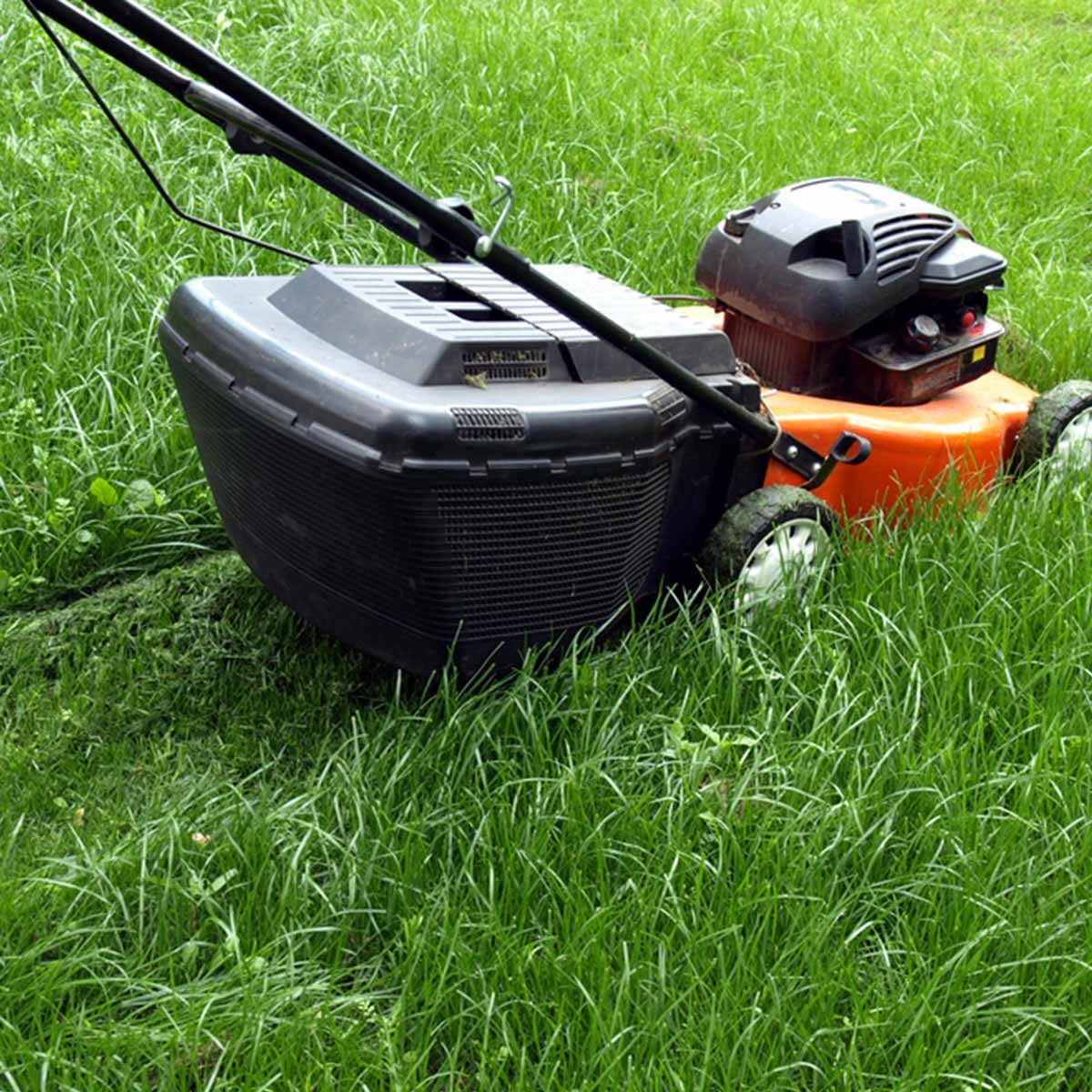
Cutting Grass Lower Means Less Mowing
There’s a lot that goes into choosing the right height to cut your grass. However, choosing a lower height doesn’t mean you’ll mow less frequently. Cutting grass too short can damage the soil, the grass blades and the mower itself. Short grass also won’t block the sun properly, which can dry out the soil and create dead patches.
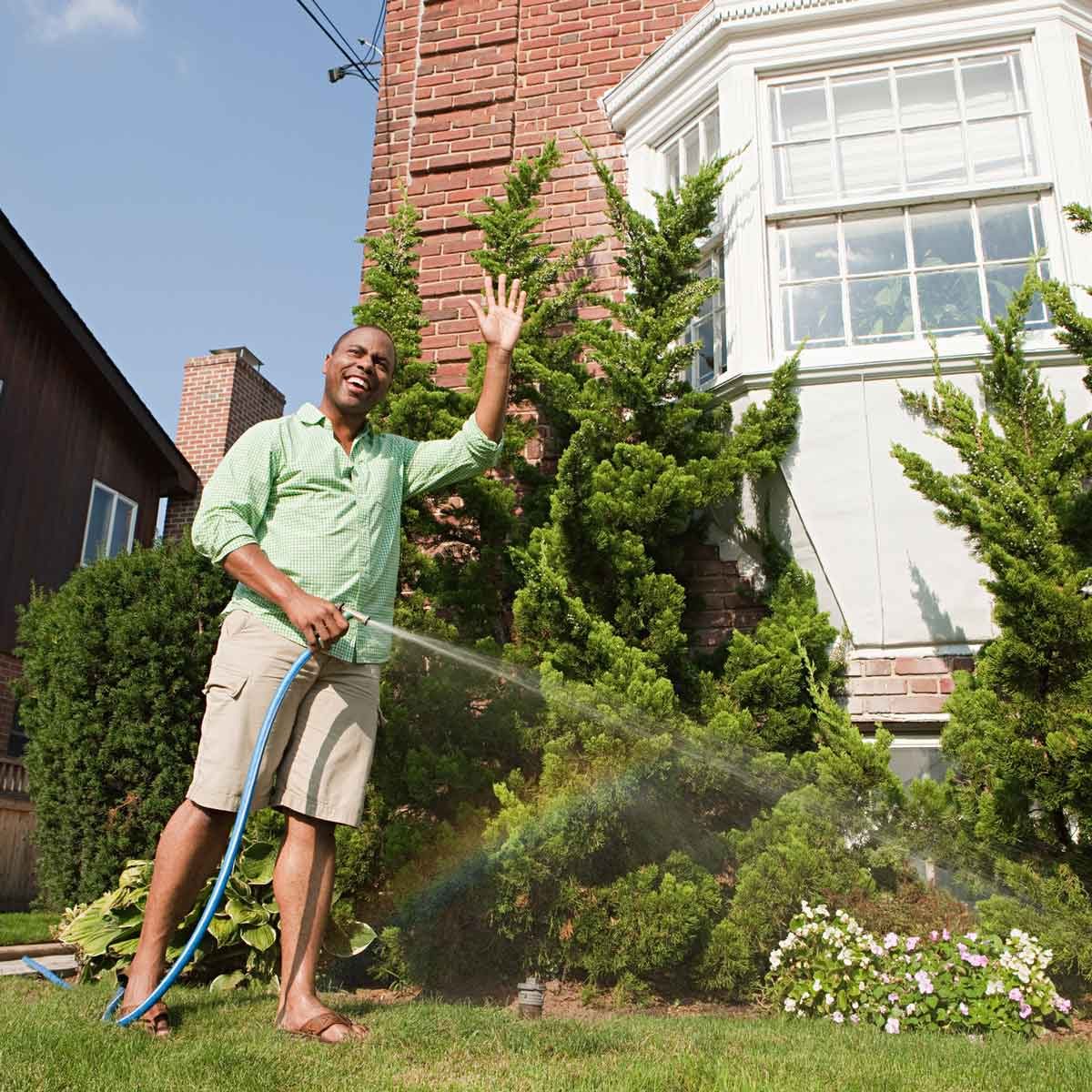
You Need to Water Your Lawn Every Day
Some lawns need more watering, others less; there’s no “one size fits all” approach. However, there are some general rules to follow to keep your grass green and lush. Instead of watering every day for 15 minutes, water once a week for an hour. That ensures moisture reaches deep into the root system, producing a healthier, more drought-tolerant lawn.
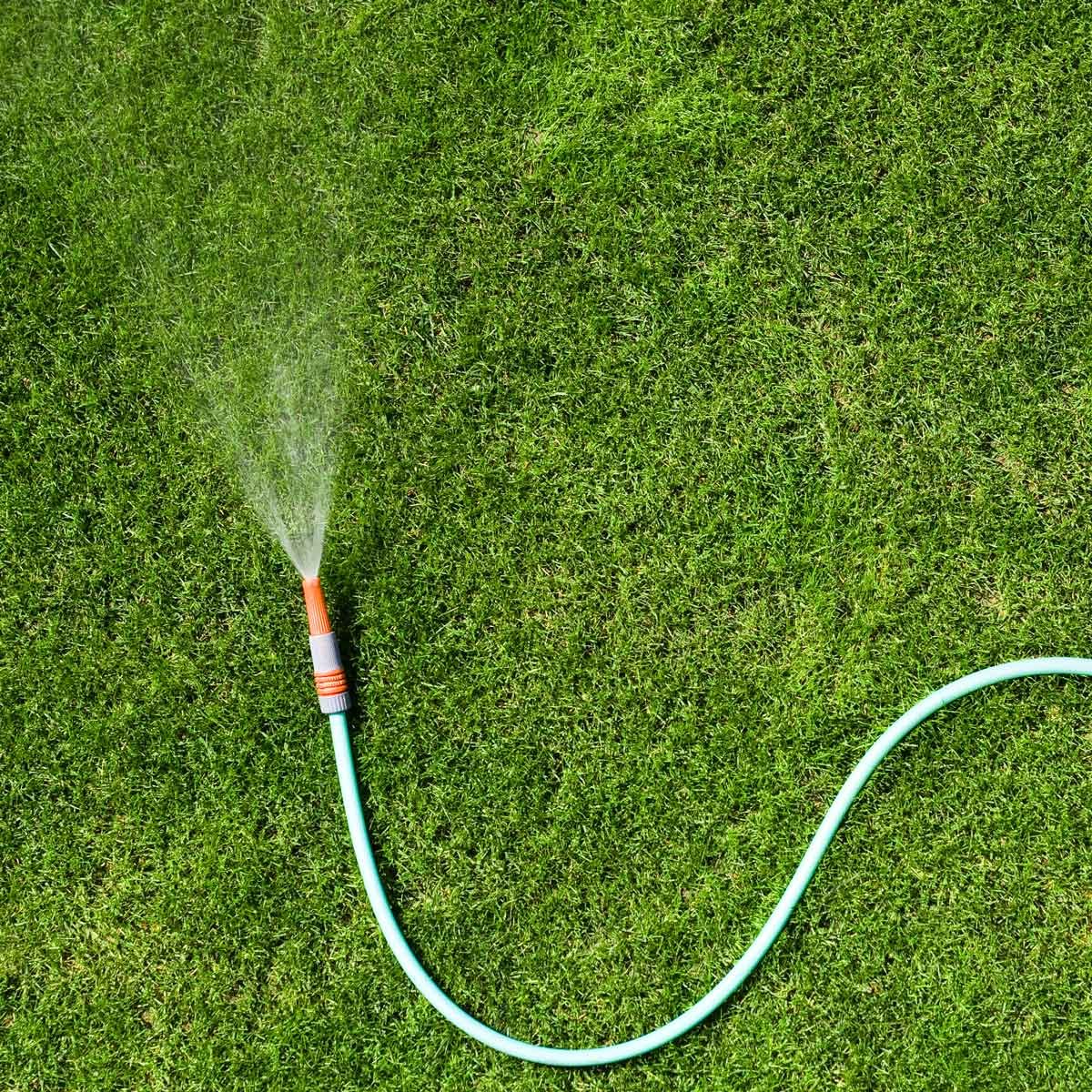
Watering Grass in the Evening is Best
The best time to water grass is actually between 6 a.m. and 10 a.m., not the evening. Watering in the morning before the heat of the day allows most of the moisture to soak in, instead of evaporating. If you water just before sunset or in the evening, too many droplets cling to the grass blades overnight, which can cause harmful fungi to form.
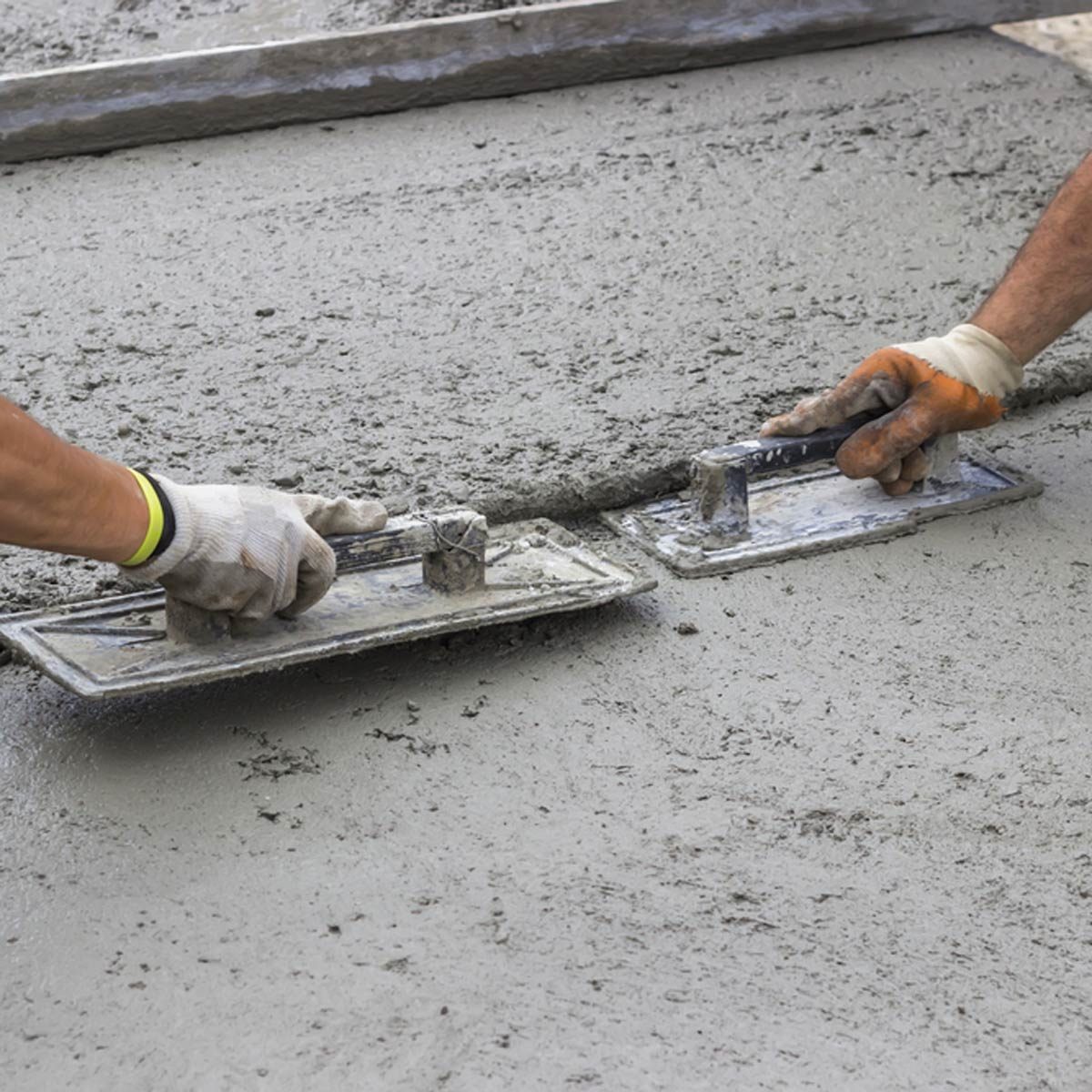
Humidity Doesn’t Impact Home Improvement Projects
It’s not the heat, it’s the humidity. Yes, some projects like pouring concrete, exterior painting, installing windows and more can be negatively impacted by excessive humidity.
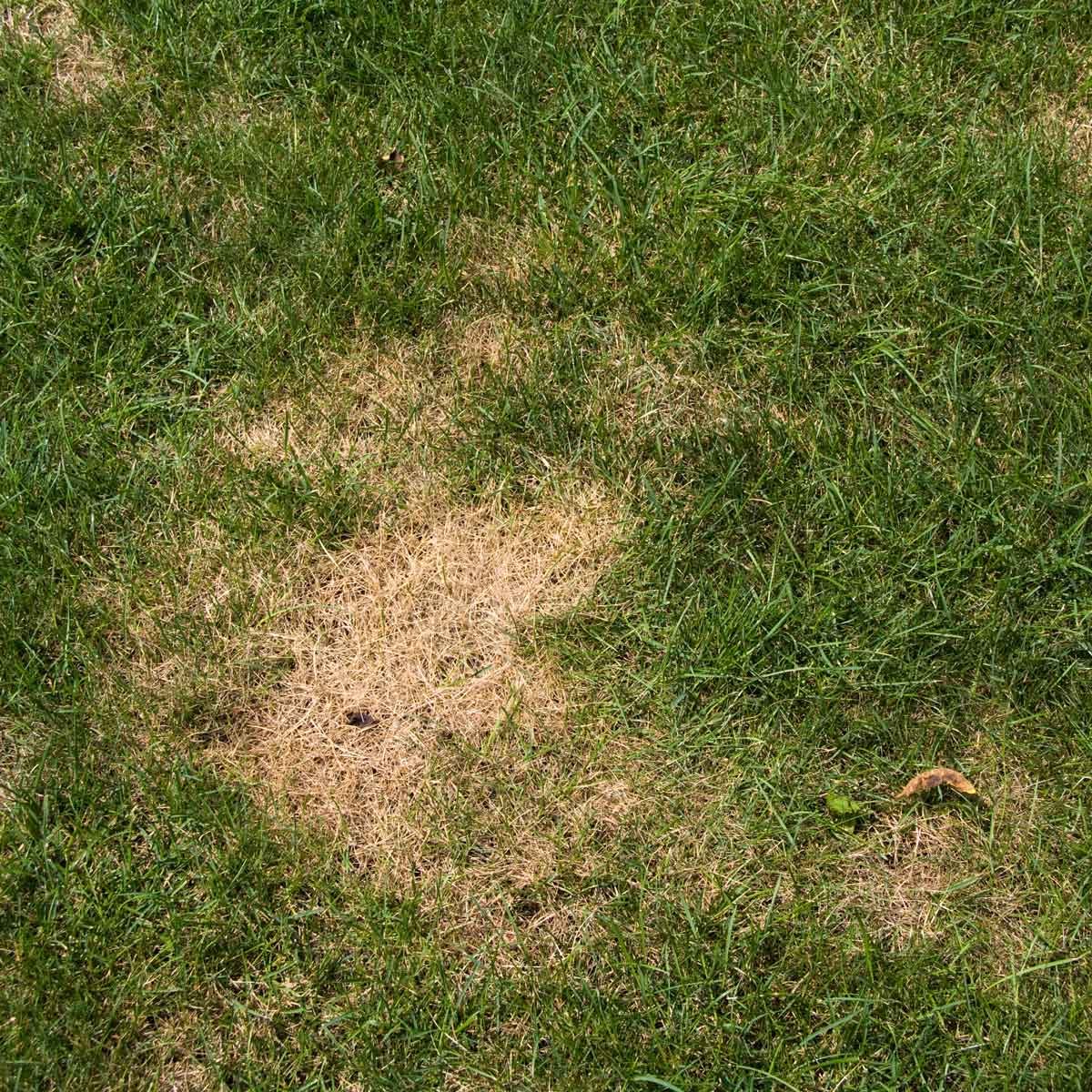
Brown Grass is Dead Grass
Brown grass probably isn’t dead grass: it’s just dormant. Some grasses will go dormant during periods of excessive heat but will return to normal as temperatures lower.
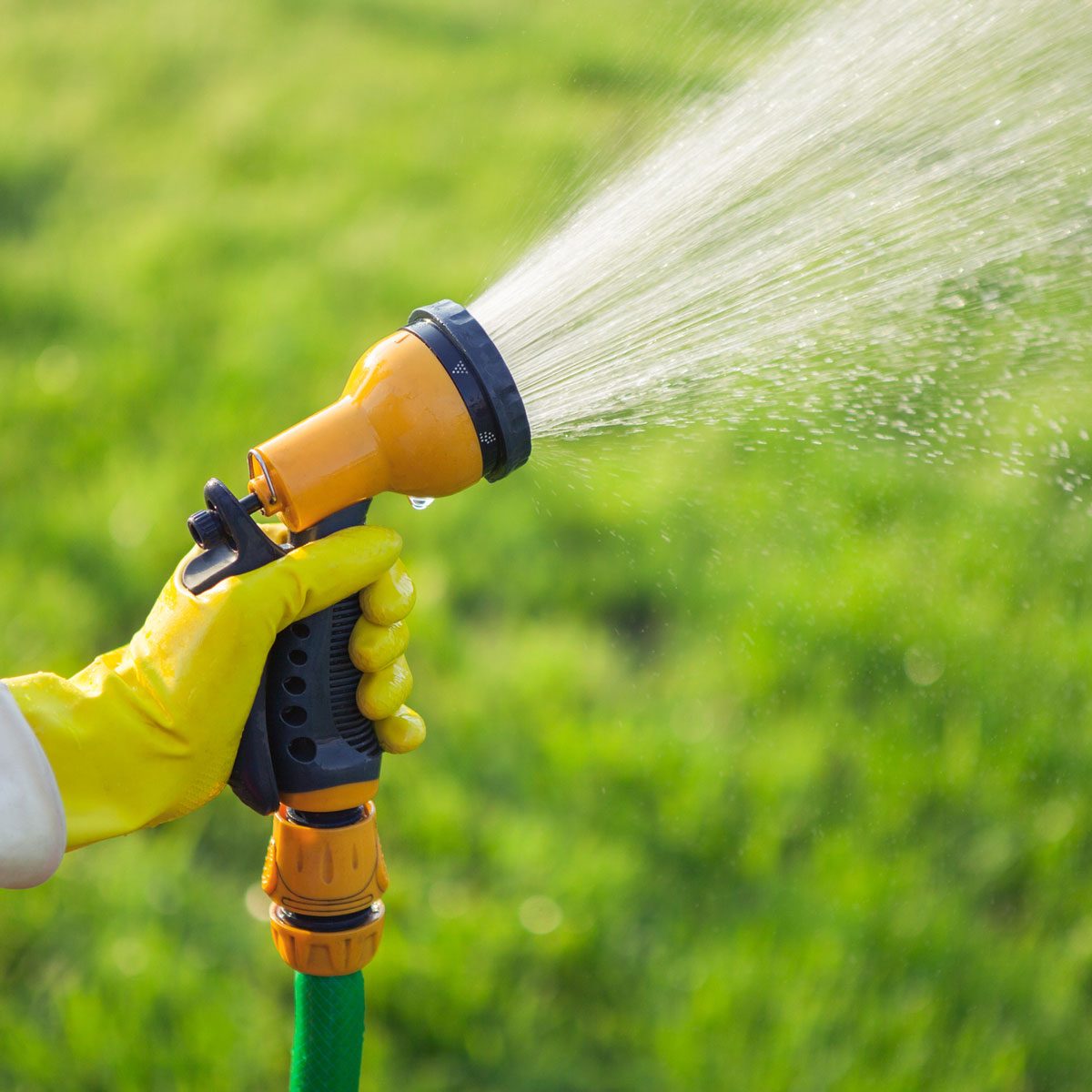
Garden Hoses Save More Money Than Sprinklers
Watering with a hose is far less effective than with a sprinkler system, and often does an inefficient job. A modern irrigation system will actually help to conserve more water because it works more efficiently.
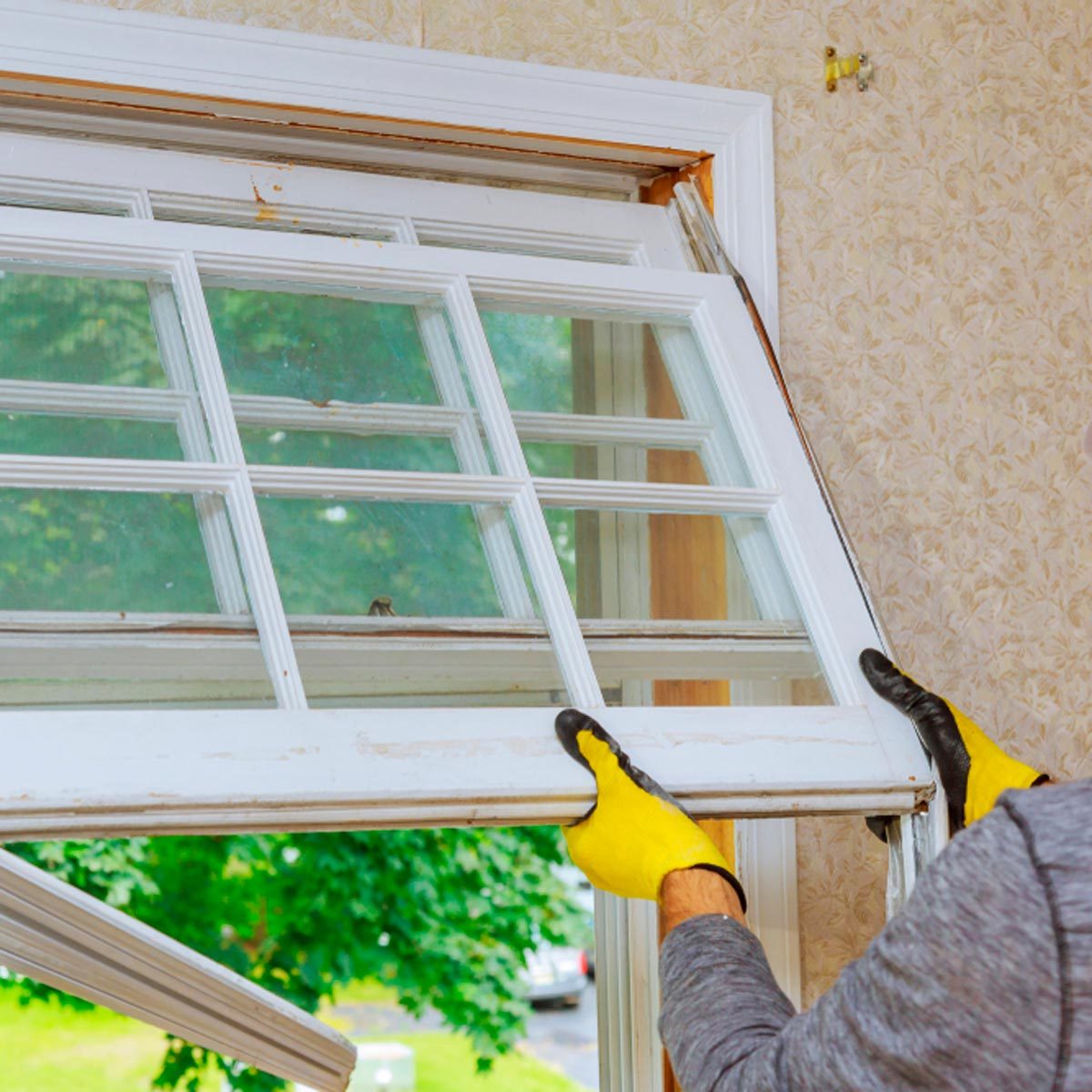
Replacing Windows is the Best Way to Lower Energy Bills
While window replacements will certainly help drive down energy costs, replacements are expensive and not the best bang for your buck. Attic insulation is one option to lower energy bills while driving huge value back into your home.
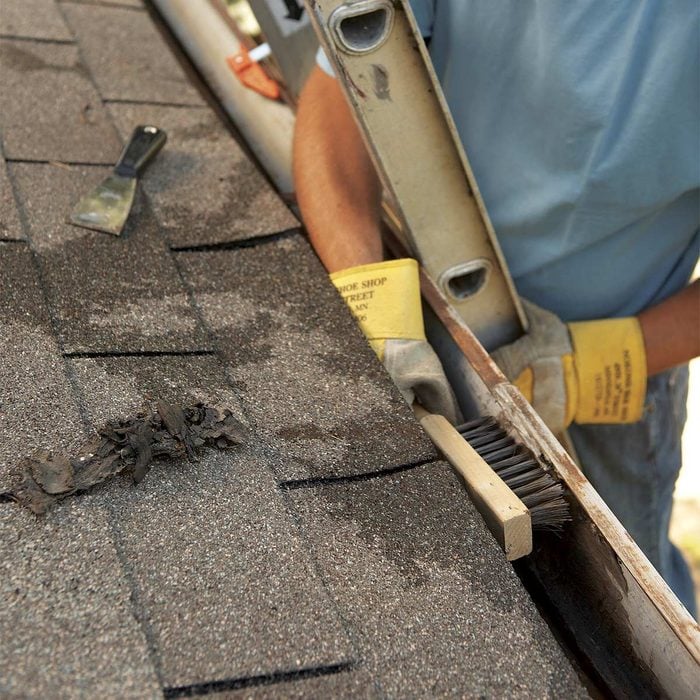
You Don’t Need to Check Gutters in the Summer
Gutter maintenance and inspections are important year-round, not just in the fall. Debris can clog gutters any time, so it’s important to continue to clean them as needed. A good time to check gutters is after a storm.
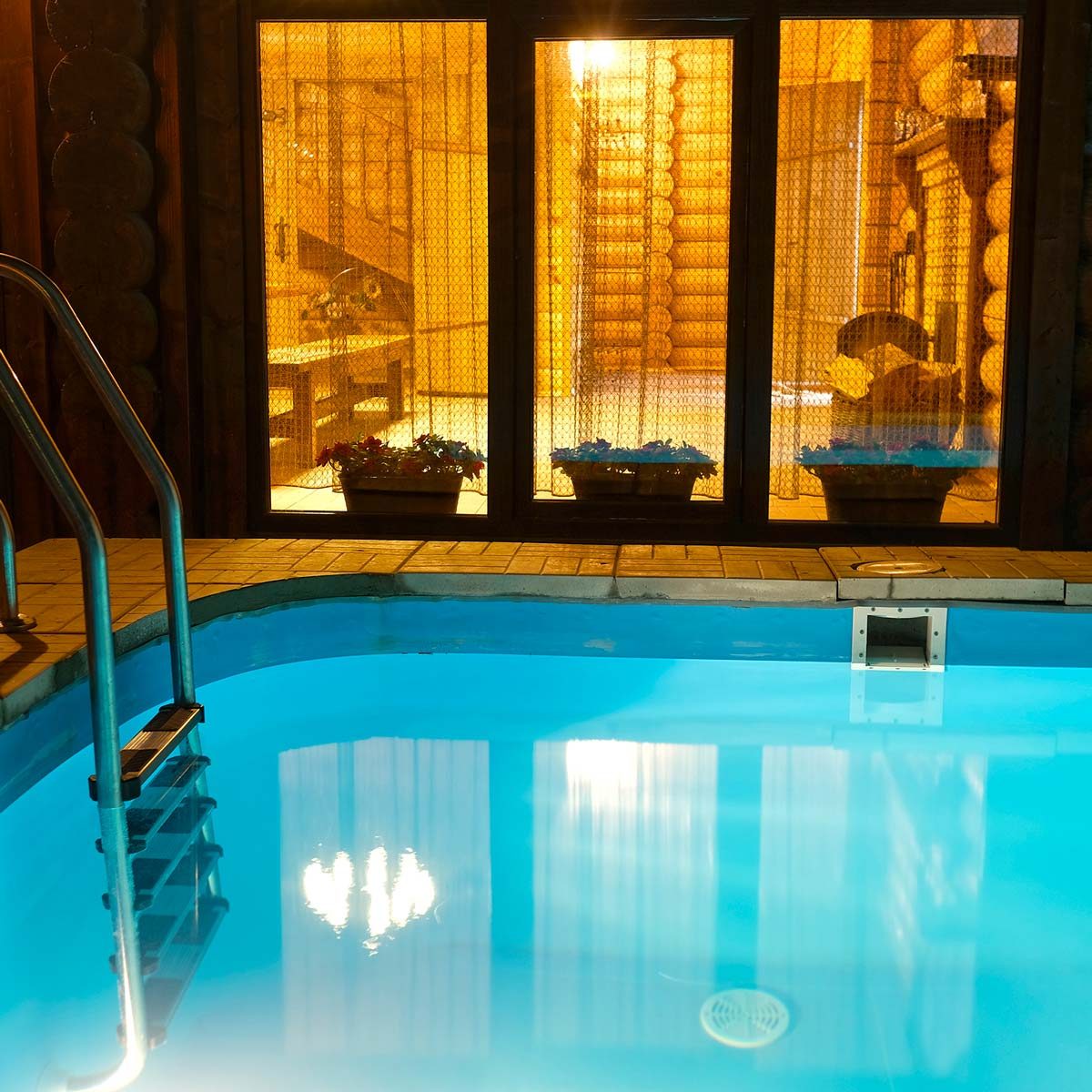
You Can Add Pool Chemicals at Any Time of Day
There are right and wrong times to add pool cleaning chemicals. It’s important to add them after sunset, otherwise UV rays can reduce the effectiveness of certain chemicals.
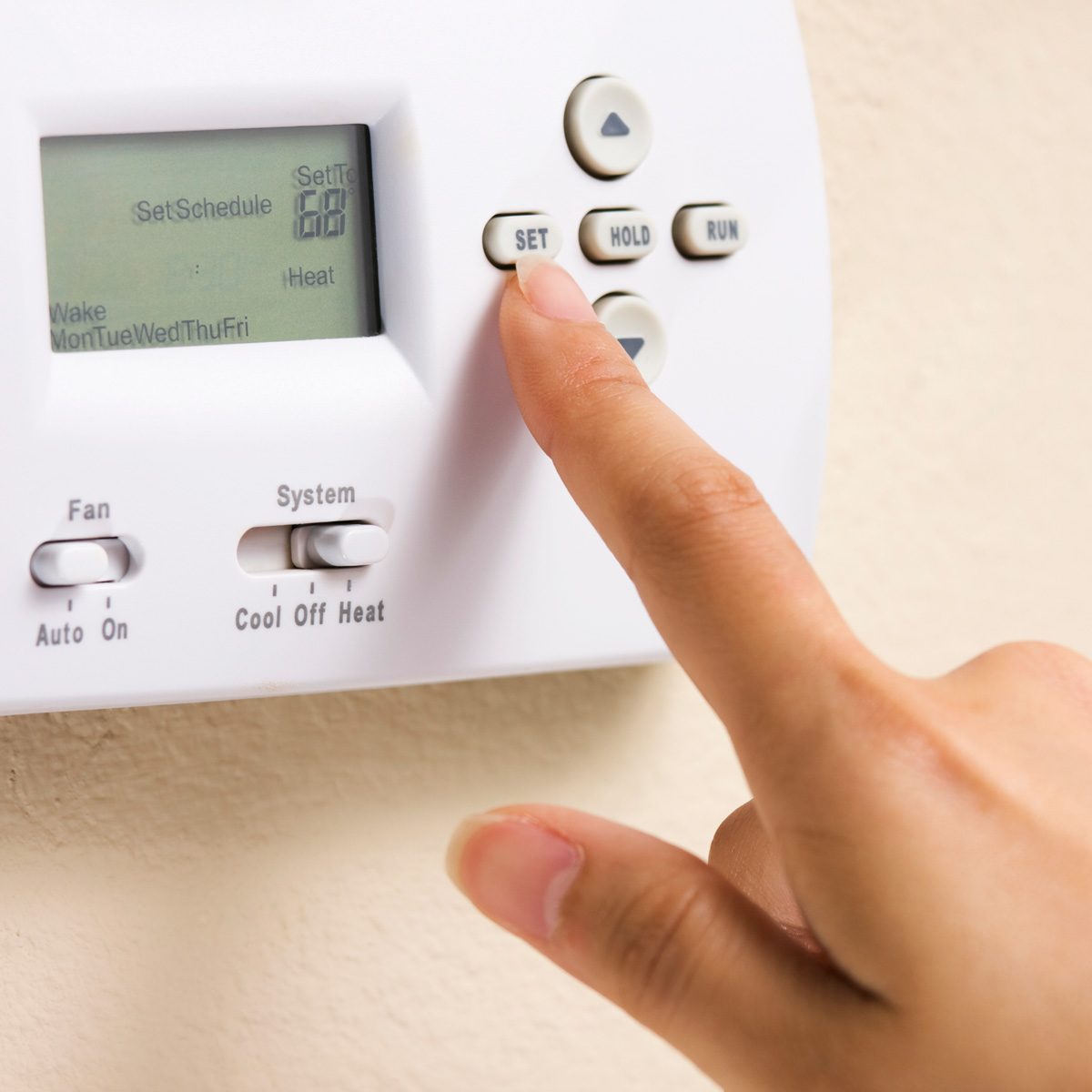
Lowering the Thermostat Cools Rooms Quicker
It doesn’t matter if you’re lowering the room temperature one degree or 20 — air conditioning units work just as hard either way. Setting the number absurdly low won’t speed things up.
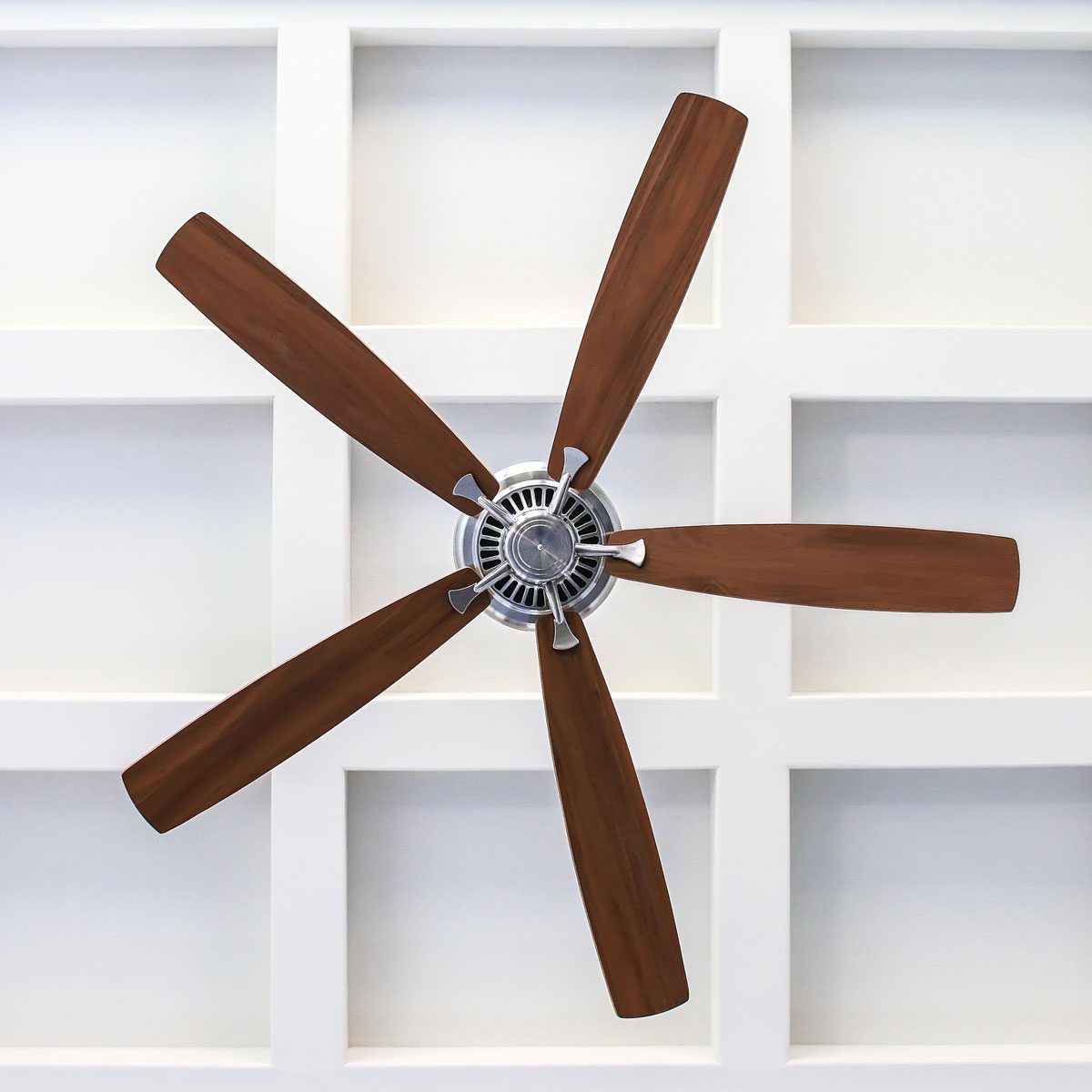
Ceiling Fans Cool Down Rooms
A ceiling fan will make you feel cooler, but it can’t lower the temperature in the room. Ceiling fans circulate air, which increases the amount of evaporation from your skin. That gives you the cooling feeling. Running a fan in an empty room is a waste of money.
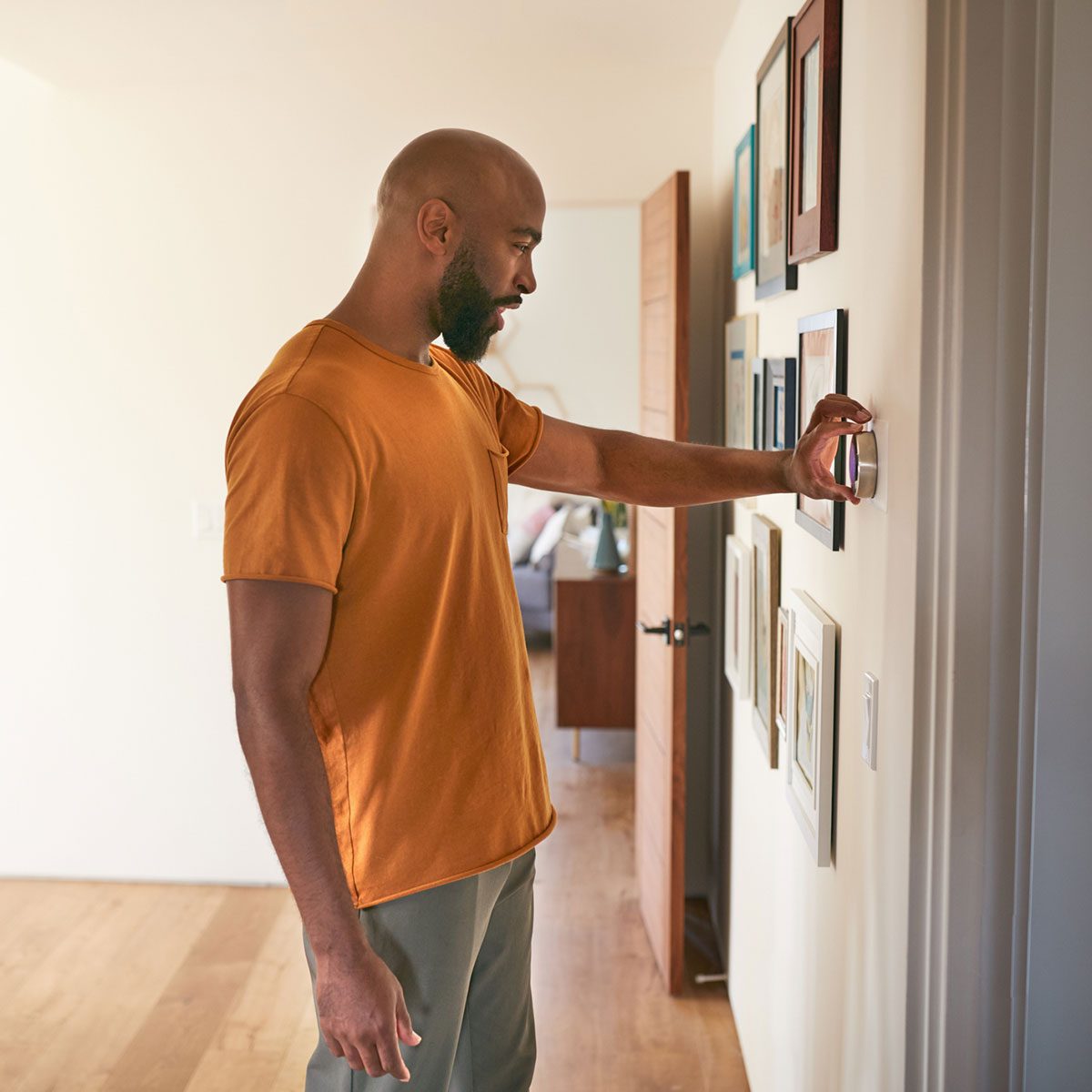
Turn the A/C Off When You Leave for Lower Energy Bills
Shutting off your thermostat when you leave for the day might seem like a smart idea, but it could actually be costing you more money. According to National Property Inspectors, “When you come back home and turn your system back on, your AC unit will have to work overtime to cool your house back down, negating any energy savings you’ve accrued.” Leave it on when you’re gone, just on a higher setting — say, 78 F instead of 72 F.

